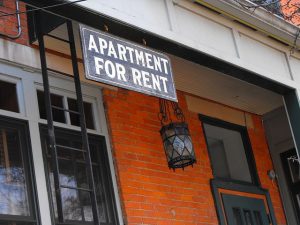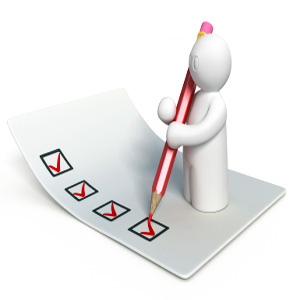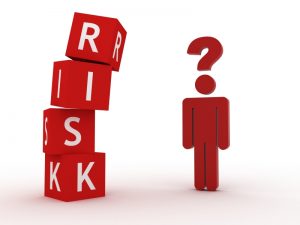 If you’re overweight, you may already have a few reasons for wanting to lose weight. You might want to shop in regular clothing stores, feel more attractive, and have more energy. Losing weight can improve your health, too. As if these reasons weren’t enough motivation to lose weight, the effects of obesity on your life insurance policy can also inspire you to lose a few pounds.
If you’re overweight, you may already have a few reasons for wanting to lose weight. You might want to shop in regular clothing stores, feel more attractive, and have more energy. Losing weight can improve your health, too. As if these reasons weren’t enough motivation to lose weight, the effects of obesity on your life insurance policy can also inspire you to lose a few pounds.
Why Obesity Affects Life Insurance Rates
Life insurance is based on your risk of dying. Obesity can drive up your life insurance rates and affect your policy category because the extra pounds increase your risk for chronic conditions. These dangerous and potentially fatal conditions include the following.
- Heart disease
- Type 2 diabetes
- Gallbladder disease
- Asthma
- Sleep apnea
- Liver disease
- Stroke
Are You Overweight?
Being as little as 10 pounds over your ideal weight increases your health risks, making life insurance more expensive and keeping you out of a preferred policy. About two-third of American adults are overweight or obese, and you can find out whether you are overweight or obese using a BMI calculator. Just enter your height and weight. If your BMI is over 30, you are considered obese.
Make Modest Lifestyle Changes to Lose Weight
Crash diets are not fun and they don’t work. For lasting weight loss, think about small changes that you can make throughout the day to eat fewer calories and exercise a little more.
- Grab fruit instead of cookies for dessert
- Have raw cut vegetables for a crunchy snack instead of potato chips
- Serve yourself smaller portions
- Drink water instead of soda
- Go for a walk after dinner
- Choose lean meats and cut skin off of chicken before cooking it
These small changes can help you lose weight and get healthier. You’ll feel better and look better, and you may be rewarded with lower life insurance rates!















